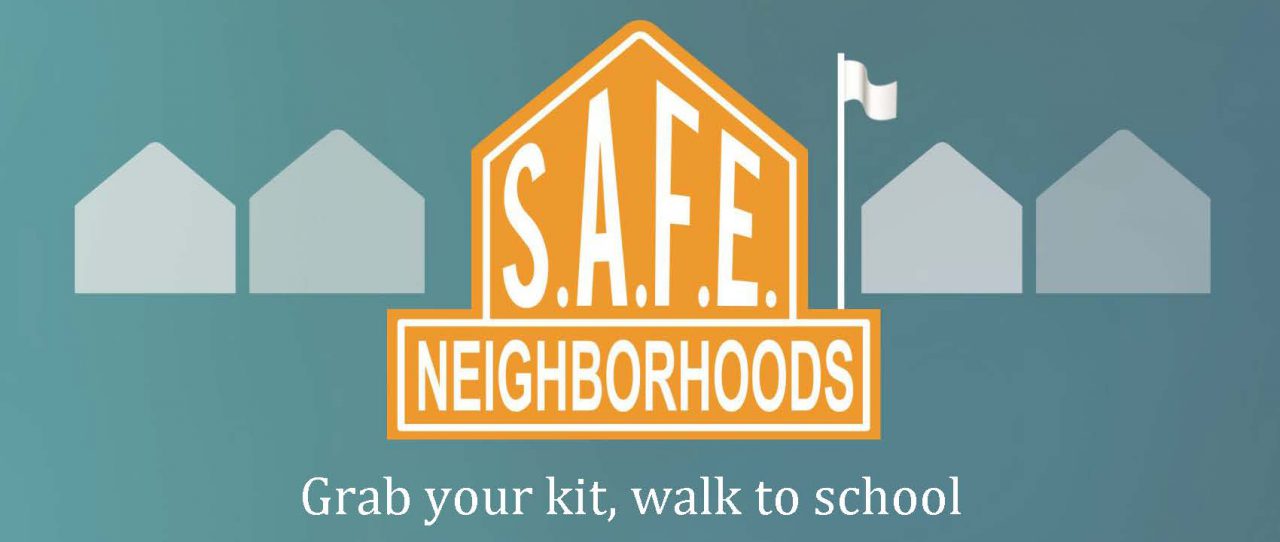
Stay tuned for updates on this website.
S.A.F.E. Neighborhoods trains individuals in each elementary school neighborhood to open, staff, and operate their own neighborhood reunification hub at the school until outside help arrives after a catastrophic disaster:
- Teaches individuals to create a 96-hour kit, “grab your kit, walk to school” in the event of a catastrophic disaster.
- Assists and relies upon “neighbors helping neighbors” to assess critical and immediate emergency needs, keep residents informed, and reunify families in the event of a catastrophic disaster.
S.A.F.E. Neighborhoods activates during a catastrophic disaster, when transportation, communications, and other basic services will be disrupted. Residents are not encouraged to gather at the schools during a less severe disaster unless advised to do so by local authorities. Regardless of the scope of the disaster, individuals and families are always encouraged to have a 96-hour kit and emergency plan ready.
S.A.F.E. uses the hub model of “neighbors helping neighbors.” In such a hub, emergency services for displaced persons can be organized efficiently. However, a neighborhood hub will have very limited supplies and trained staff based on the catastrophic nature of the disaster. Each neighborhood evacuation hub should not expect direct services for at least 96 hours.